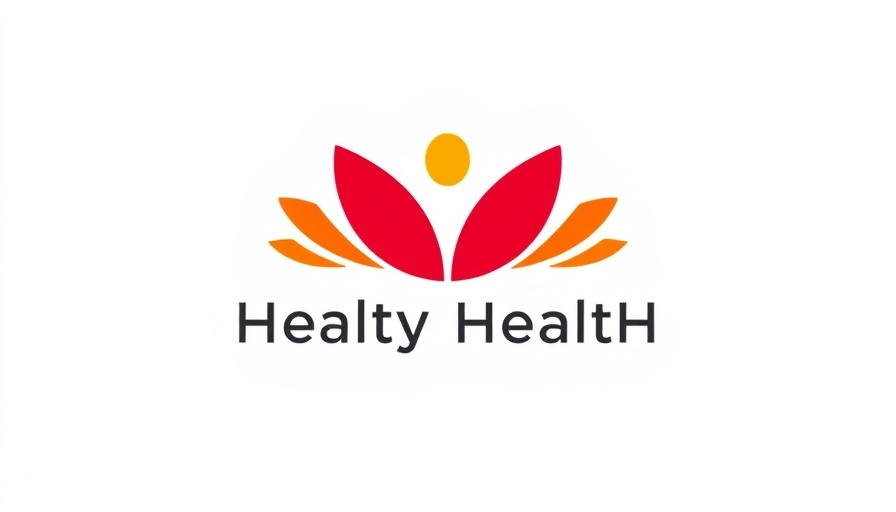
Understanding an Alarming Trend: The Rise of Hard-to-Spot Breast Cancers
A recent report has highlighted a significant shift in breast cancer diagnoses — a type that is challenging to detect now accounts for over 10% of all cases in the U.S. This newly defined category of breast cancer, known for its subtle indicators, raises concerns about screening effectiveness and early detection efforts nationally. With an estimated 0.09% of cases classified under this spectrum, the medical community is emerging with insights into treatment and prognosis.
The Statistics Behind the Numbers
As breast cancer remains the most prevalent form of cancer among women, accounting for approximately 32% of all new cancer diagnoses, understanding the implications of this increase is pivotal. The CDC's latest data reports that in 2025, around 316,950 women will be diagnosed with invasive breast cancer, with about 60,000 cases of non-invasive breast cancer, such as ductal carcinoma in situ (DCIS) (CDC).
Challenges in Screening and Early Detection
One of the most alarming aspects of this increase in hard-to-spot breast cancers is the potential hindrance in early detection due to insufficient screening practices. The report underscores that many women may be diagnosed at a more advanced stage, which can adversely affect treatment outcomes and survival rates. Since early detection significantly increases survival rates — with a reported 92% of patients surviving five years after diagnosis of localized cancer — emphasizing regular screenings is essential for women's health.
Implications of COVID-19 on Cancer Services
The COVID-19 pandemic has had a profound impact on health services, leading to backlogs in cancer screenings and diagnoses. In 2022, only about 2 in 3 cases were detected at an early stage, a decline that may be influenced by the pandemic's disruption of medical services. According to the CDC, timely screenings via mammograms could significantly ameliorate these outcomes and should be prioritized across all demographics.
Racial and Ethnic Disparities in Breast Cancer Outcomes
Breast cancer does not affect all women equally; disparities exist based on race and ethnicity. Data show that Black women have a higher mortality rate from breast cancer, even though their incidence rates are lower than those of white women. As such, targeted outreach and culturally competent care are necessary to address these inequalities in diagnosis and treatment.
Future Directions and Action Steps
In light of this concerning trend, it's crucial for women to engage in proactive conversations with their healthcare providers regarding personal risk assessments. Factors such as family history and genetics — particularly concerning BRCA mutations — should inform screening schedules and preventive measures. Emphasizing lifestyle modifications such as maintaining physical activity and alcohol moderation can also contribute to reducing risk factors over time.
Conclusion: The Importance of Awareness and Advocacy
Awareness of the evolving landscape of breast cancer is fundamental for both patients and healthcare providers. The findings call for greater advocacy for routine screenings, enhanced education, and the importance of recognizing early signs, which can ultimately lead to improved outcomes. Women across the U.S. should feel empowered to advocate for their health, ensuring they have access to timely care and necessary screenings to beat the odds against this prevalent disease.
 Add Row
Add Row  Add
Add 




Write A Comment